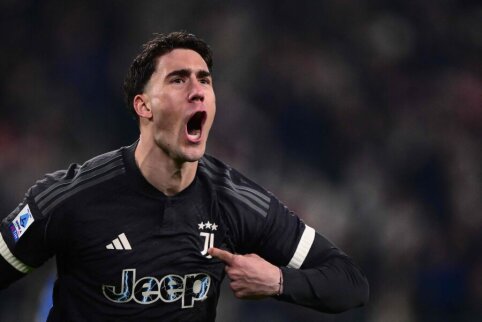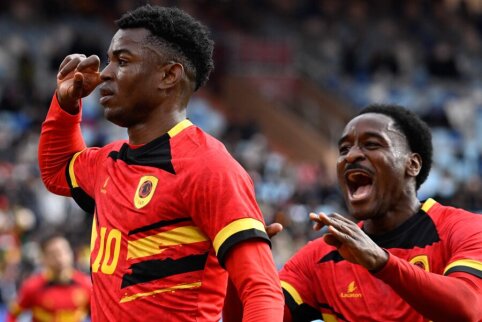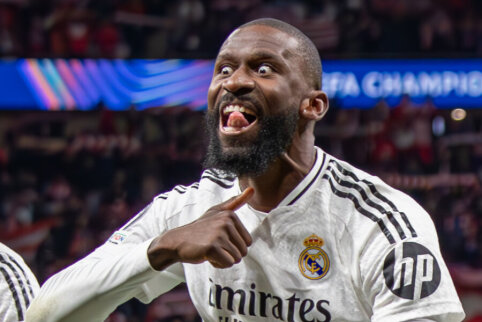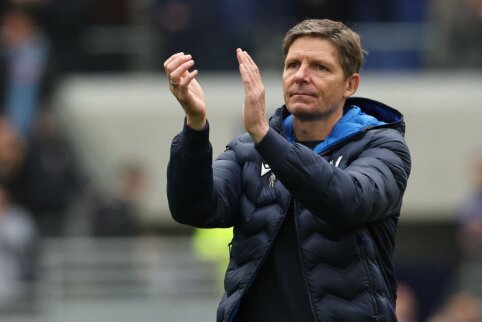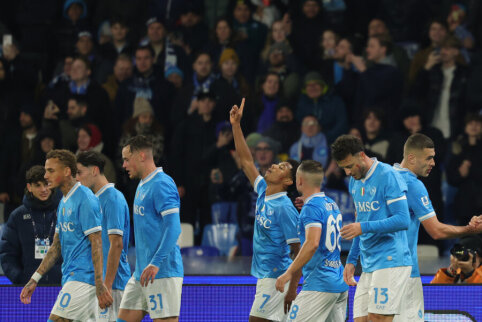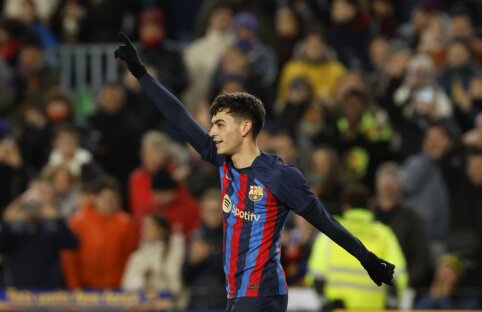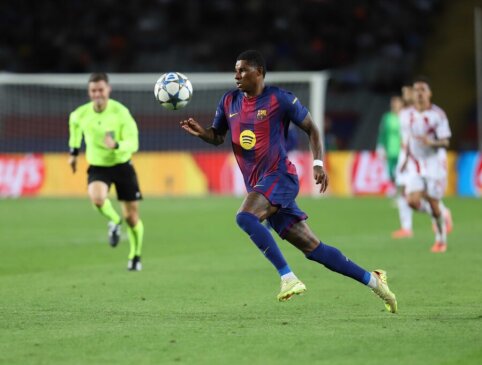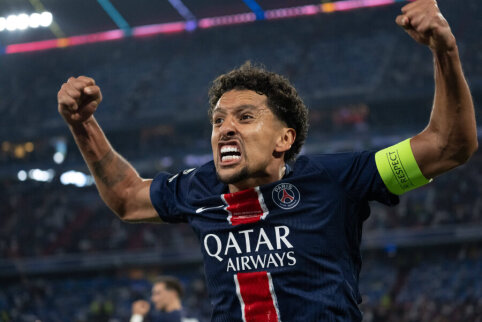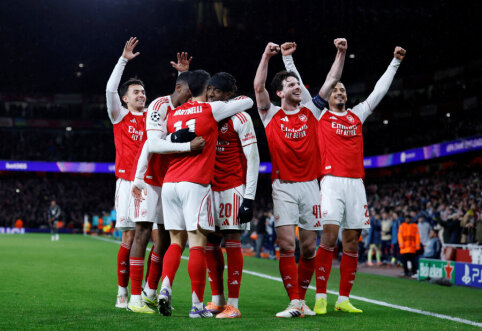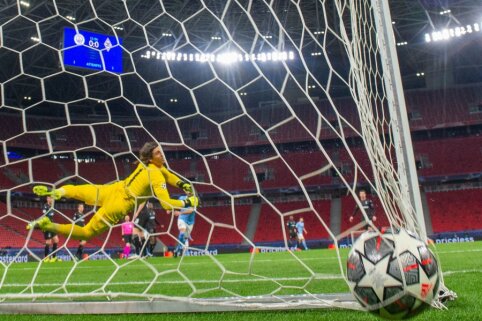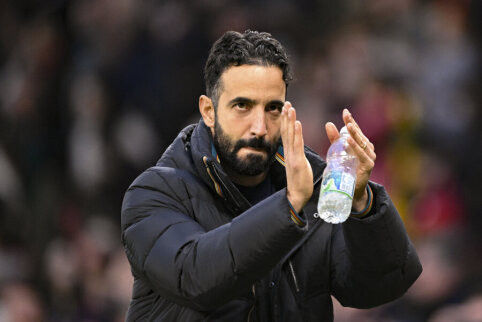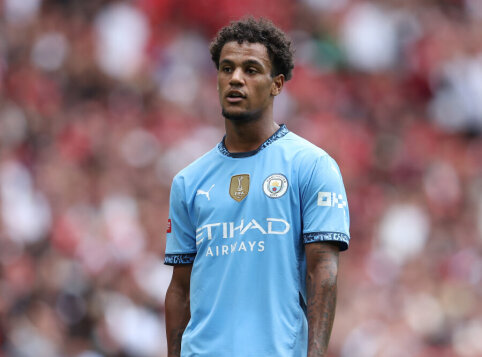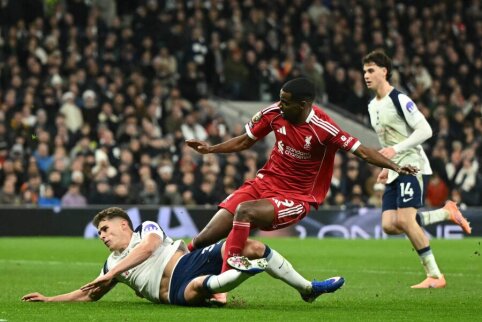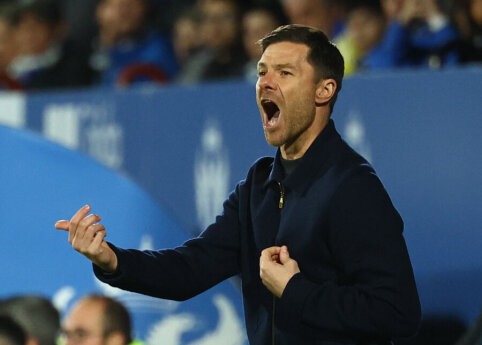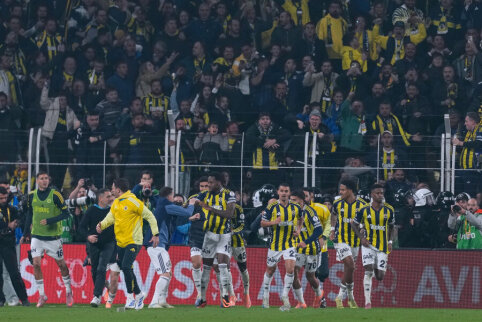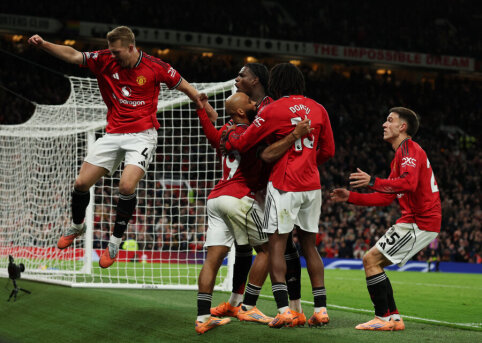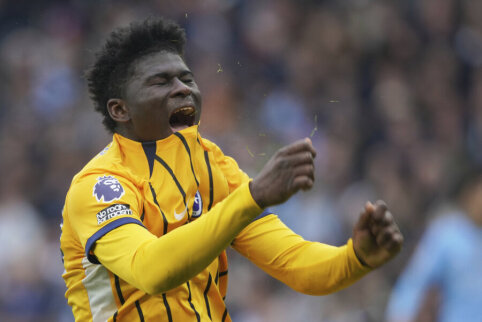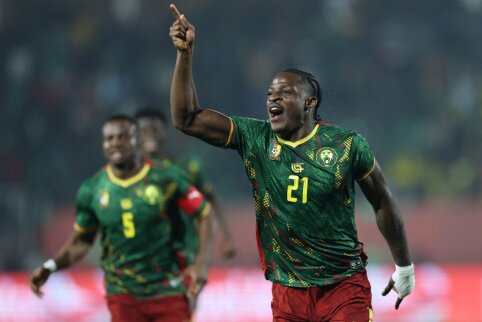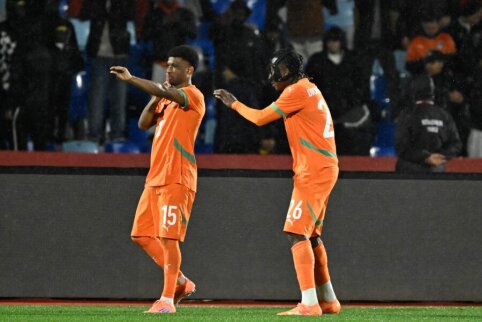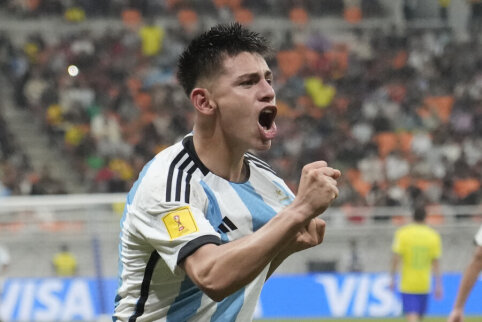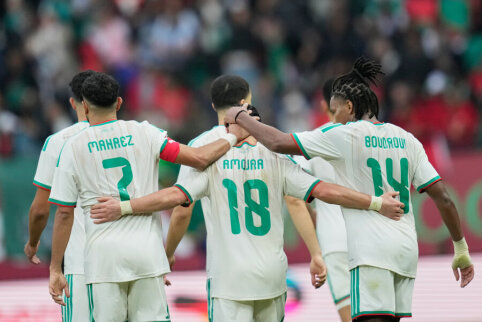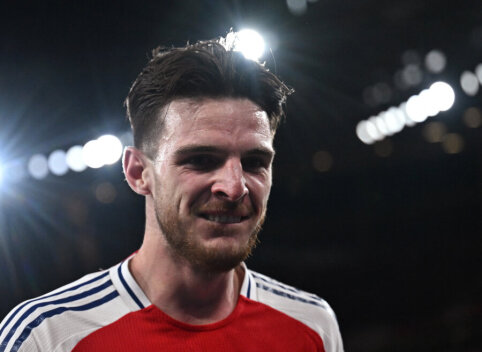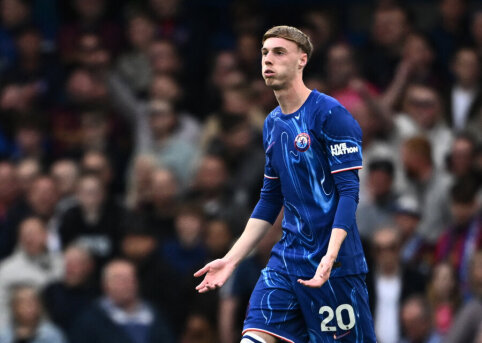 © EuroFootball.com
© EuroFootball.com
Group of the Mortal Combatants. One team needs a draw, the other needs a victory, and not just any victory, but with a two-goal difference. Knowing this, Dutch coach Bert van Marwijk released an attacking lineup set in a 4-2-3-1 formation. Portugal's strategist Paulo Bento chose the traditional 4-3-3.
Burning with the desire to rehabilitate in front of their fans and advance to the next stage, the Dutch dedicated themselves to the attack. Injecting life in the middle was Rafael van der Vaart, while Arjen Robben played superbly on the right. This bore fruit as the Dutch pressed the opponents in their half, with the ball moving well among the "Oranje". They appeared much livelier than in previous matches, with a clear direction of moving towards the opponent's goal. Soon after, van der Vaart scored a goal after a pass from Robben. The Portuguese only managed a few inaccurate shots despite having good chances.
The Dutch defenders on the field provided hope, but the attackers were invisible, and the defenders played poorly. This division between positions, lack of coordination, was evident in the Dutch game from the 16th minute. It's hard to pinpoint why this happened. Of course, the active Portuguese defenders pressurizing the Dutch midfielders and even defenders played a role. Van der Vaart was neutralized, Huntelaar appeared only at the end, van Persie played too low to pose a threat, Sneijder was well marked by defender Joao Pereira, and Robben didn't receive many balls. As for the Dutch defenders, they played not poorly, but tragically. Willems probably didn't complete a single accurate pass, and van der Wiel on the other side didn't have the best night against Cristiano Ronaldo. The young Dutchman clearly struggled in duels, central defenders were constantly late to help him. So it's no surprise that after their mistake, Ronaldo scored a goal.
Portugal's danger came from the wings, where Nani and Ronaldo were active, the team quickly moved in counter-attacks. The most crucial thing was that Pinto's pupils looked like a single entity, perfectly combining in attacks and defending properly, supporting each other. In contrast, the Dutch weren't themselves, even though 8 players from the 2010 World Cup final were on the field.
After the break, Van Marwijk changed the players' positioning in the attack: Robben moved to the right, leaving van Persie on the left, Sneijder started playing in the center. However, this didn't help, as the game was still controlled by the Portuguese. The latter pressed the opponents and capitalized on their mistakes, either by pressing or waiting for perfect chances in counter-attacks. Portugal moved more without the ball, coming from the depths, creating spaces to receive the ball. Meanwhile, the Dutch remained divided into two lines: defending and attacking. In the first minutes of the match, the "Oranje" looked united and hungry for victory, later they got stuck in the Portugal's game, especially in their own half.
Never before have the Dutch failed to earn a point in group matches during an official tournament. Three matches - three losses. There is no doubt that Van Marwijk will leave his post. A new coach will come and solve the ego issue of the personalities and make each of them work for the team. In Ukraine, we saw the shadow of the "Oranje". And the Portuguese demonstrated fighting spirit, discipline, team play, and creativity.
